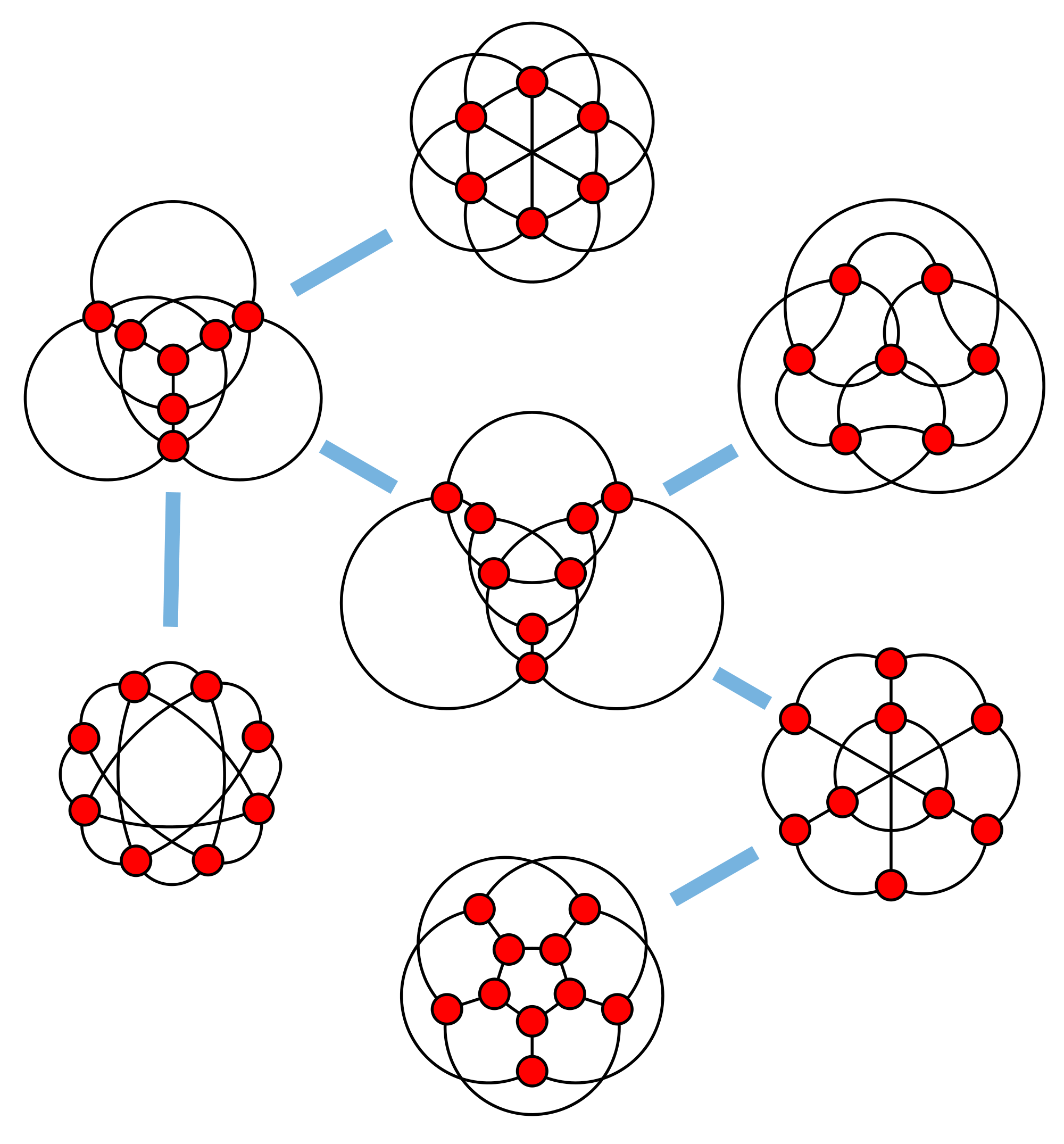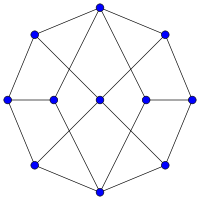



- Task:
- Learn a new theorem about a numerical graph invariant and communicate
it in written form.
- Minimum requirements:
- Each student will focus on a different numerical graph invariant.
- The written document will introduce, correctly state, and prove a
theorem. It will also include at least one interesting example
illustrating the theorem. The article will be as self-contained as
possible. The new document must be typed, be at most eight pages in
length (with one inch margins and a 12pt font), and be available in PDF
format.
- Assessment and deadlines:
- Project grades will be computed as follows:
- Advice:
- Here are some suggestions on how to present mathematics:
Halmos on writing and
Kleiman on writing.
- Comments:
- By design, this assignment is very open-ended. Students are strongly
encouraged to compute many examples. Students are also encouraged to
formulate, test, and prove their own conjectures. Here are some questions
that you may want to consider:
- Can your
numerical
graph invariant be calculated for any graph, or does it only apply
to certain graphs?
- Can you bound your numerical invariant?
- Can you describe the set of graphs with a given numerical invariant?
- How is the numerical invariant of a graph related to its subgraphs
or minors?
- Is your notion of your numerical invariant particularly well-adapted
for some application?
- Potential topics:
- The following numerical graph invariants (or simple formula involving
them) are natural candidates:
- algebraic
connectivity — Hooman Alikhanian,
- arboricity
— Dinushi Munasinghe,
- average path
length — Meghan Laverty,
- Betti numbers,
- bipartite dimension,
- boxicity
— Jessica O'Brien,
- branchwidth
— Janelle Petrusma,
- chromatic
index — Chris Price,
- clique
number — Heather Maltby,
- Colin
de Verdière's invariant,
- conductance
— Ramiro Zurkowski,
- crossing
number — Mary Robotham,
- cycle rank,
- degeneracy,
- diameter
— Shayne Sharkey,
- dimension,
- distance,
- domatic
number — Sylvie Smets,
- domination
number — Azadeh Eftekhari,
- edge-connectivity,
- edge
covering number,
- Estrada index,
- genus,
- girth
— Chelsea Thompson,
- Hamiltonian
paths
— Zachary O'Keefe,
- Hosoya index,
- independence
number,
- independent
domination number,
- maximum betweenness,
- maximum
closeness,
- maximum resistance distance,
- metric
dimension,
- order of
automorphism group,
- Parry-Sullivan
invariant,
- pathwidth
— Angie Hwang,
- Perron
number,
- Ramsey numbers — Heather Maltby,
- rank,
- Randić
index,
- Shannon
capacity,
- spectrum
— Seyed Mirsadeghi,
- Strahler
number — Alex Mansourati,
- strength,
- toughness,
- Thue number
— Fraser Carey,
- variance of
vertex degrees,
- vertex-connectivity
— Kristen Chen,
- vertex cover number,
- Wiener
index.



